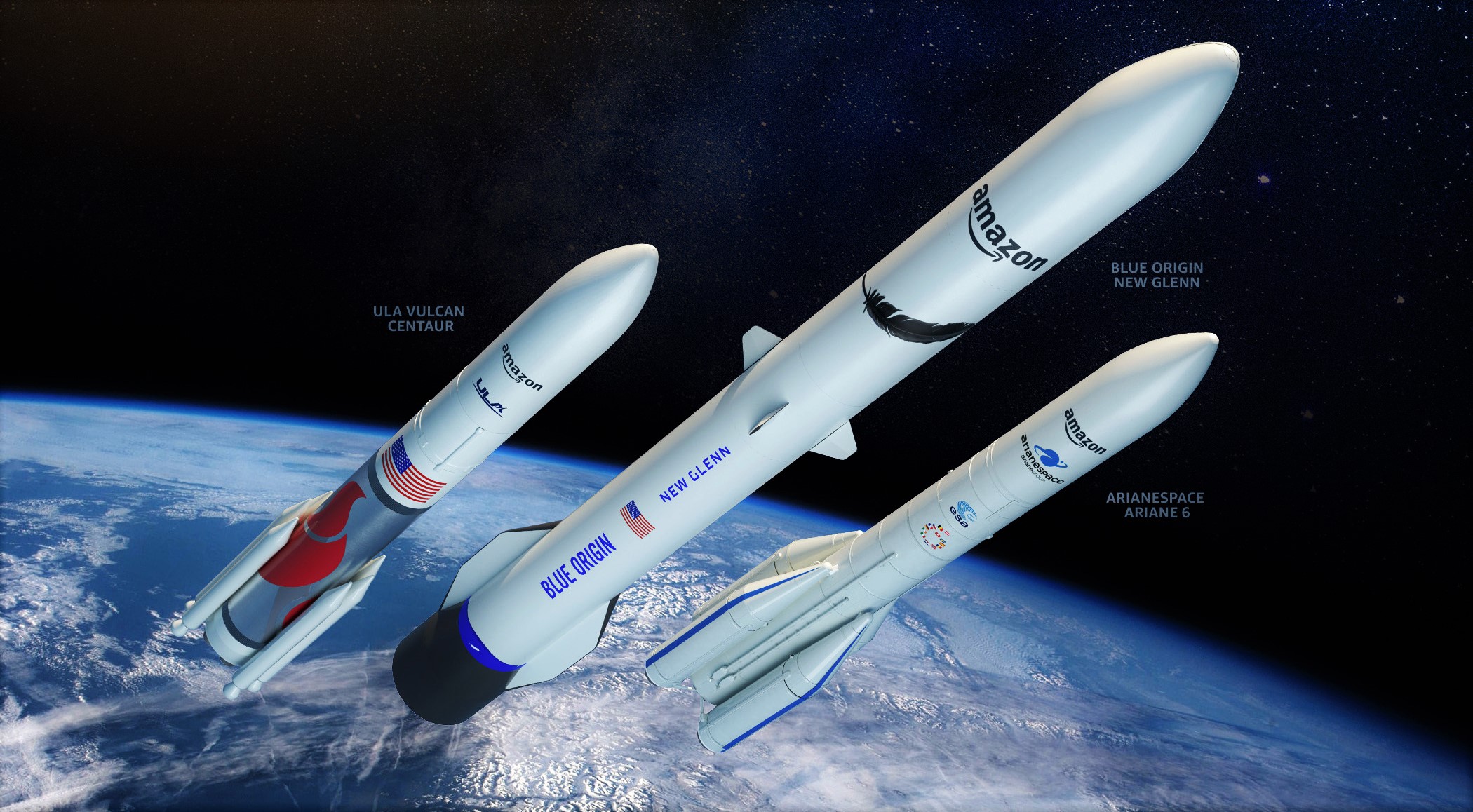

News
Amazon chooses everyone but SpaceX to launch its Starlink competitor
Amazon has announced a series of record-breaking launch contracts that will place a “majority” of its 3,236-satellite Project Kuiper constellation in orbit in the hope of blanketing the Earth with high-quality internet alongside OneWeb, Starlink, Telesat, and others.
Of 68 firm launch contracts and a total of 83 contracts including unexercised options, SpaceX – the world’s most cost-effective, available launch provider – is fully absent. Instead, Amazon, has awarded three batch contracts to United Launch Alliance (ULA), Arianespace, and Blue Origin. Prior to this announcement, Amazon had already purchased two launches of prototype satellites on startup ABL Space’s RS1 rockets and nine operational launches on ULA Atlas V rockets, rounding out what is undoubtedly the most expensive set of commercial launch purchases in spaceflight history.
More likely than not, Amazon is paying a bare minimum of $100 million per launch, though $150-200 million is probably closer to reality. All three of the rockets now scheduled to launch most Kuiper satellites have yet to fly. Arianespace’s Ariane 6 and ULA’s Vulcan Centaur could debut in late 2022, though 2023 is more likely. Blue Origin’s partially reusable New Glenn is unlikely to fly before 2024 or even 2025.
Amazon has now purchased:
- 9 Atlas V launches, each likely costing $150-200 million.
- 12 New Glenn launches, with options for 15 more. Blue Origin says New Glenn will be able to carry 61 satellites per launch. The company has yet to reveal pricing but $100 million per launch is a probable floor.
- 18 Ariane 6 launches carrying 35-40 satellites apiece. As of 2014, the rocket’s most capable variant was expected to cost at least €115 million (~$125 million) per launch.
- 38 Vulcan Centaur launches carrying 45 satellites apiece. ULA wants the cheapest Vulcan variant to cost ~$100 million. Project Kuiper, which likely needs the most expensive Vulcan variant, will probably pay closer to $125-150 million per launch.
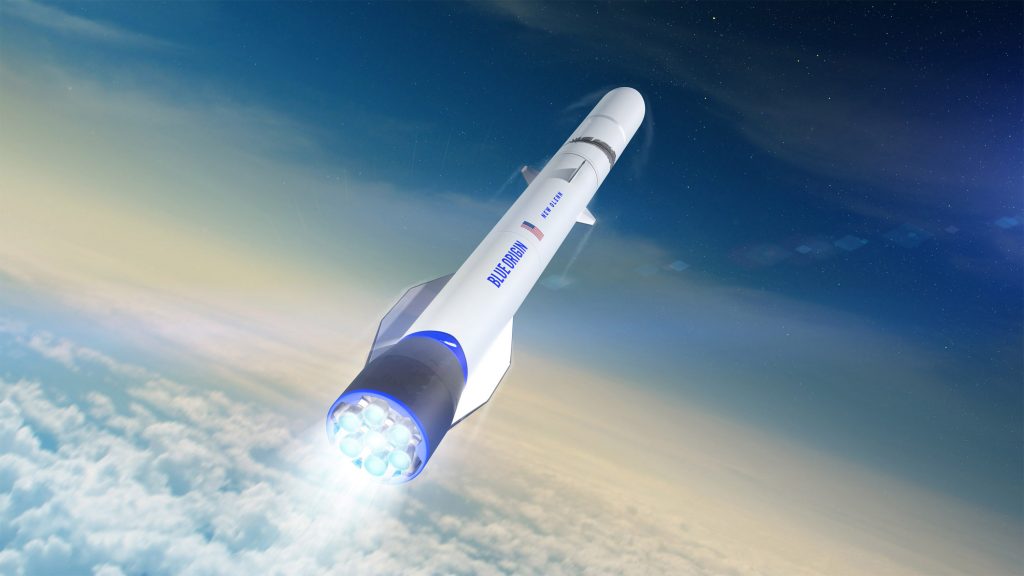
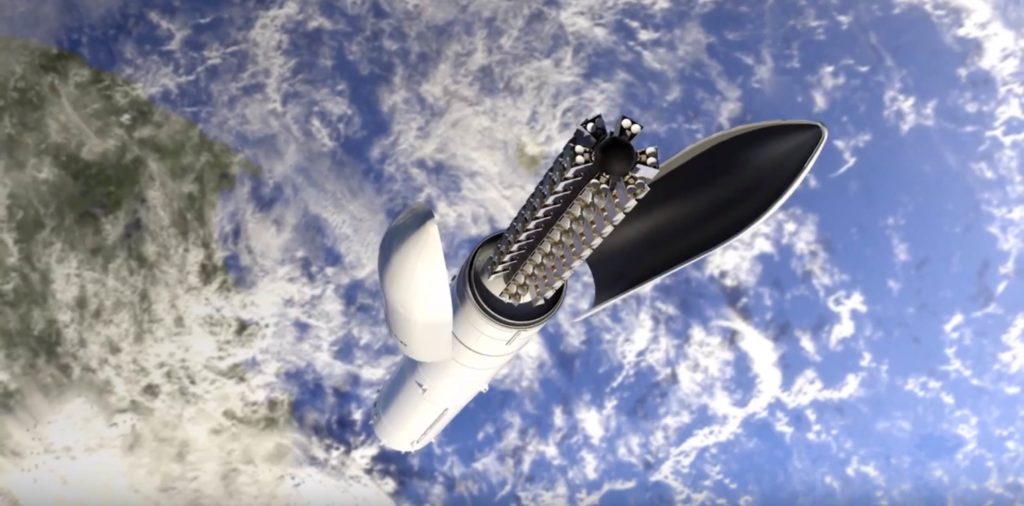
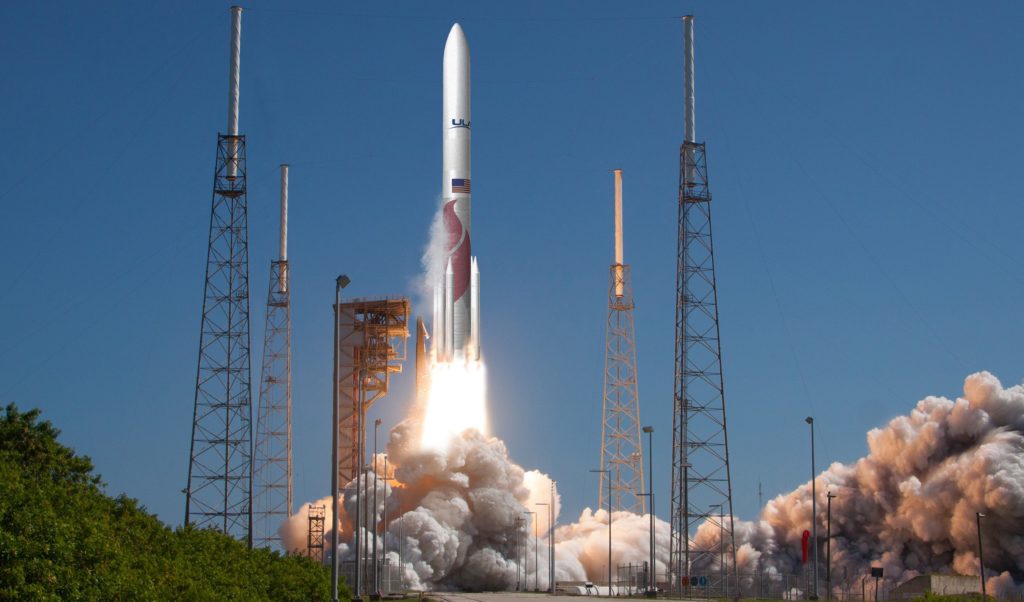
All told, assuming Atlas V can launch at least 15-20 satellites apiece, Amazon’s latest contract likely means that the company has secured enough launch capacity to fully launch the first phase of its Project Kuiper constellation without exercising options. Those 77 operational launches will likely cost the company a minimum of $9.5-10 billion before accounting for the cost of Kuiper satellites or payload adapters.
According to NASA’s ELVPerf calculator, which uses official data provided by each company, Vulcan’s heaviest VC6 variant can launch ~27 tons (~60,000 lb) and New Glenn can launch ~35 tons (~77,000 lb) to a low 300-kilometer (~190 mile) insertion orbit. Ariane 6’s most capable ’64’ variant will likely be able to launch about 20 tons (~44,000 lb) to the same orbit, though official info is only available for a circular 500-kilometer orbit. Assuming Project Kuiper launches are not volume constrained, meaning that most of each rocket’s available performance is being taken advantage of, each Kuiper satellite likely weighs no more than 500-600 kilograms (1100-1300 lb).
Falcon 9 recently broke an internal payload record with the successful launch of 16.25 tons of Starlink satellites to a similarly low insertion orbit. Including the mass of a payload adapter and deployment mechanism, Falcon 9’s true performance was likely closer to 17-18 tons. Combined with Falcon 9’s cheapest public commercial launch contract (~$50 million), it’s possible that SpaceX’s partially reusable Falcon 9 rockets could have launched 25-30 Kuiper satellites apiece for an average cost of ~$1.7 to $2 million per satellite – around 50-80% cheaper than Kuiper’s likely average.
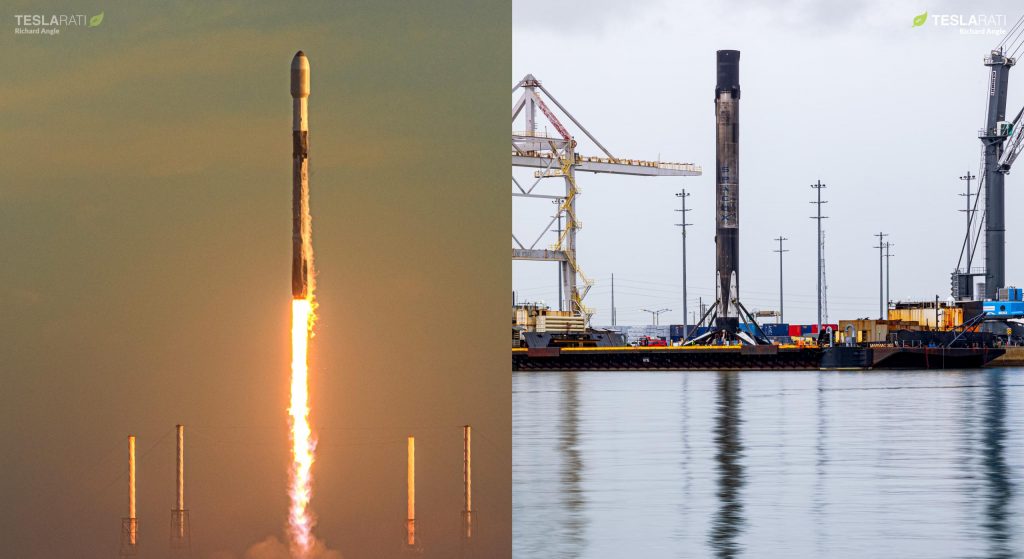
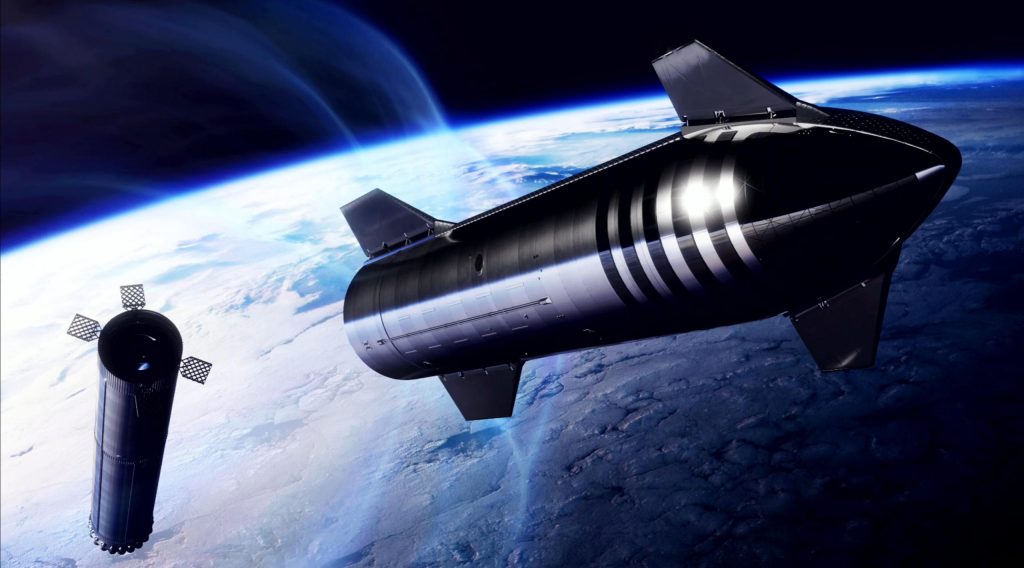
Those significant savings don’t consider SpaceX’s next-generation Starship launch vehicle, which will likely reach orbit and begin commercial launches at least a year before New Glenn. Starship could feasibly carry 100-150 Kuiper satellites per launch and, if full reusability is achieved, might cost less than Falcon 9 despite offering at least five times the performance.
Per Amazon’s Project Kuiper FCC constellation license, the company will need to launch half of its constellation – 1618 satellites – by July 2026. It’s not actually clear if Arianespace, ULA, and Blue Origin will be able to collectively complete the roughly 36 launches that will require over the next four years. In the last four years, Arianespace’s Ariane 5 and ULA’s Atlas and Delta rockets have collectively launched 38 times. The first Kuiper satellite prototype is scheduled to launch no earlier than late 2022, meaning that operational launches are unlikely to begin before mid-2023.
News
Tesla begins Robotaxi certification push in Arizona: report
Tesla seems serious about expanding its Robotaxi service to several states in the coming months.

Tesla has initiated discussions with Arizona transportation regulators to certify its driverless Robotaxi service in the state, as per a recent report from Bloomberg News. The move follows Tesla’s launch of its Robotaxi pilot program in Austin, Texas, as well as CEO Elon Musk’s recent comments about the service’s expansion in the Bay Area.
The Arizona Department of Transportation confirmed to Bloomberg that Tesla has reached out to begin the certification process for autonomous ride-sharing operations in the state. While details remain limited, the outreach suggests that Tesla is serious about expanding its driverless Robotaxi service to several territories in the coming months.
The Arizona development comes as Tesla prepares to expand its service area in Austin this weekend, as per CEO Elon Musk in a post on X. Musk also stated that Tesla is targeting the San Francisco Bay Area as its next major market, with a potential launch “in a month or two,” pending regulatory approvals.
Tesla first launched its autonomous ride-hailing program on June 22 in Austin with a small fleet of Model Y vehicles, accompanied by a Tesla employee in the passenger seat to monitor safety. While still classified as a test, Musk has said the program will expand to about 1,000 vehicles in the coming months. Tesla will later upgrade its Robotaxi fleet with the Cyercab, a two-seater that is designed without a steering wheel.
Sightings of Cybercab castings around the Giga Texas complex suggests that Tesla may be ramping the initial trial production of the self-driving two-seater. Tesla, for its part, has noted in the past that volume production of the Cybercab is expected to start sometime next year.
In California, Tesla has already applied for a transportation charter-party carrier permit from the state’s Public Utilities Commission. The company is reportedly taking a phased approach to operating in California, with the Robotaxi service starting with pre-arranged rides for employees in vehicles with safety drivers.
News
Tesla sets November 6 date for 2025 Annual Shareholder Meeting
The automaker announced the date on Thursday in a Form 8-K.

Tesla has scheduled its 2025 annual shareholder meeting for November 6, addressing investor concerns that the company was nearing a legal deadline to hold the event.
The automaker announced the date on Thursday in a Form 8-K submitted to the United States Securities and Exchange Commission (SEC). The company also listed a new proposal submission deadline of July 31 for items to be included in the proxy statement.
Tesla’s announcement followed calls from a group of 27 shareholders, including the leaders of large public pension funds, which urged Tesla’s board to formally set the meeting date, as noted in a report from The Wall Street Journal.
The group noted that under Texas law, where Tesla is now incorporated, companies must hold annual meetings within 13 months of the last one if requested by shareholders. Tesla’s previous annual shareholder meeting was held on June 13, 2024, which placed the July 13 deadline in focus.
Tesla originally stated in its 2024 annual report that it would file its proxy statement by the end of April. However, an amended filing on April 30 indicated that the Board of Directors had not yet finalized a meeting date, at least at the time.
The April filing also confirmed that Tesla’s board had formed a special committee to evaluate certain matters related to CEO Elon Musk’s compensation plan. Musk’s CEO performance award remains at the center of a lengthy legal dispute in Delaware, Tesla’s former state of incorporation.
Due to the aftermath of Musk’s legal dispute about his compensation plan in Delaware, he has not been paid for his work at Tesla for several years. Musk, for his part, has noted that he is more concerned about his voting stake in Tesla than his actual salary.
At last year’s annual meeting, TSLA shareholders voted to reapprove Elon Musk’s compensation plan and ratified Tesla’s decision to relocate its legal domicile from Delaware to Texas.
Elon Musk
Grok coming to Tesla vehicles next week “at the latest:” Elon Musk
Grok’s rollout to Tesla vehicles is expected to begin next week at the latest.

Elon Musk announced on Thursday that Grok, the large language model developed by his startup xAI, will soon be available in Tesla vehicles. Grok’s rollout to Tesla vehicles is expected to begin next week at the latest, further deepening the ties between the two Elon Musk-led companies.
Tesla–xAI synergy
Musk confirmed the news on X shortly after livestreaming the release of Grok 4, xAI’s latest large language model. “Grok is coming to Tesla vehicles very soon. Next week at the latest,” Musk wrote in a post on social media platform X.
During the livestream, Musk and several members of the xAI team highlighted several upgrades to Grok 4’s voice capabilities and performance metrics, positioning the LLM as competitive with top-tier models from OpenAI and Google.
The in-vehicle integration of Grok marks a new chapter in Tesla’s AI development. While Tesla has long relied on in-house systems for autonomous driving and energy optimization, Grok’s integration would introduce conversational AI directly into its vehicles’ user experience. This integration could potentially improve customer interaction inside Tesla vehicles.
xAI and Tesla’s collaborative footprint
Grok’s upcoming rollout to Tesla vehicles adds to a growing business relationship between Tesla and xAI. Earlier this year, Tesla disclosed that it generated $198.3 million in revenue from commercial, consulting, and support agreements with xAI, as noted in a report from Bloomberg News. A large portion of that amount, however, came from the sale of Megapack energy storage systems to the artificial intelligence startup.
In July 2023, Musk polled X users about whether Tesla should invest $5 billion in xAI. While no formal investment has been made so far, 68% of poll participants voted yes, and Musk has since stated that the idea would be discussed with Tesla’s board.
-

 Elon Musk1 week ago
Elon Musk1 week agoTesla investors will be shocked by Jim Cramer’s latest assessment
-

 Elon Musk3 days ago
Elon Musk3 days agoElon Musk confirms Grok 4 launch on July 9 with livestream event
-

 Elon Musk15 hours ago
Elon Musk15 hours agoxAI launches Grok 4 with new $300/month SuperGrok Heavy subscription
-

 News7 days ago
News7 days agoTesla Model 3 ranks as the safest new car in Europe for 2025, per Euro NCAP tests
-

 Elon Musk2 weeks ago
Elon Musk2 weeks agoA Tesla just delivered itself to a customer autonomously, Elon Musk confirms
-

 Elon Musk1 week ago
Elon Musk1 week agoxAI’s Memphis data center receives air permit despite community criticism
-

 Elon Musk2 weeks ago
Elon Musk2 weeks agoTesla’s Omead Afshar, known as Elon Musk’s right-hand man, leaves company: reports
-

 News2 weeks ago
News2 weeks agoXiaomi CEO congratulates Tesla on first FSD delivery: “We have to continue learning!”

















